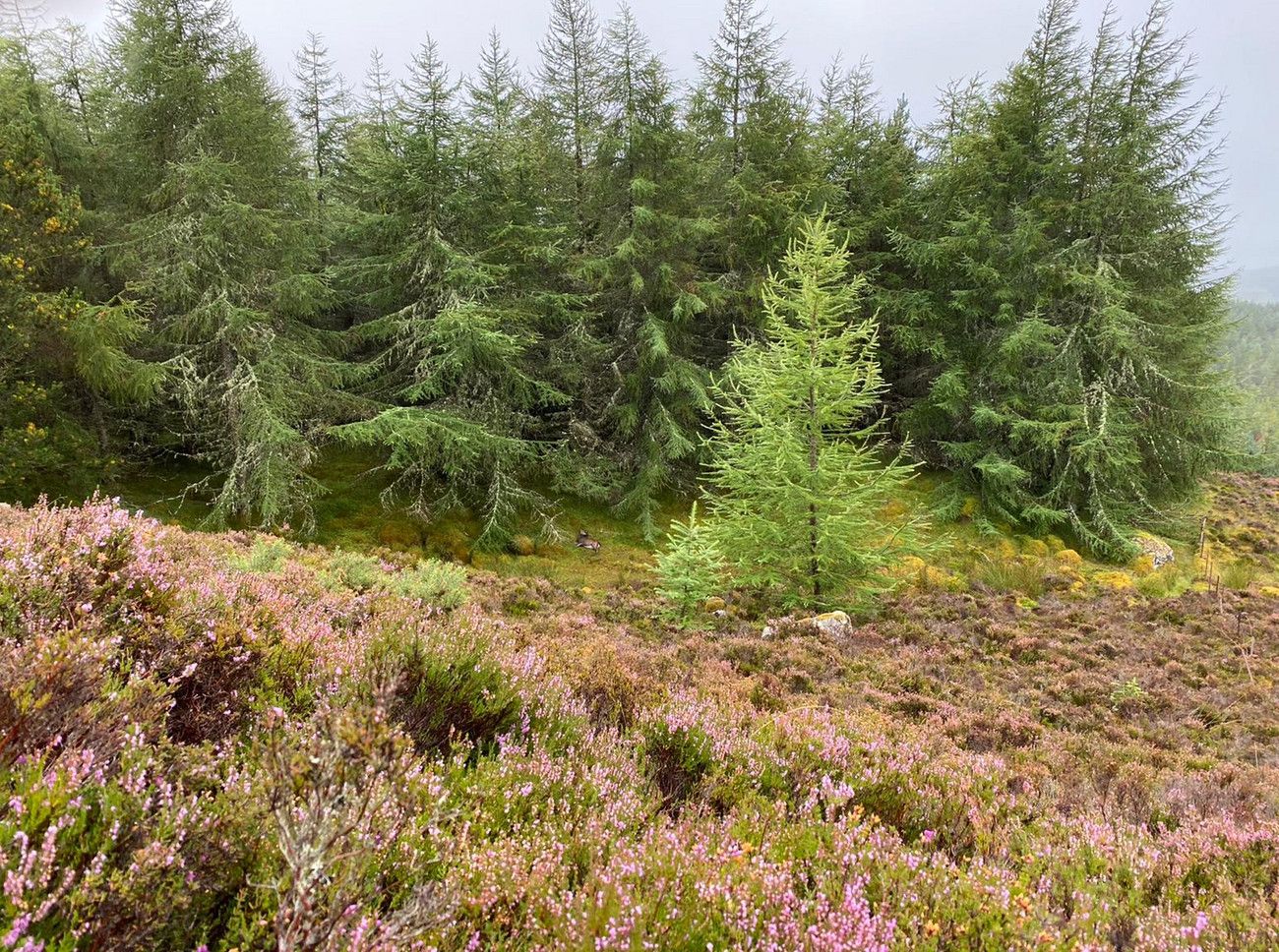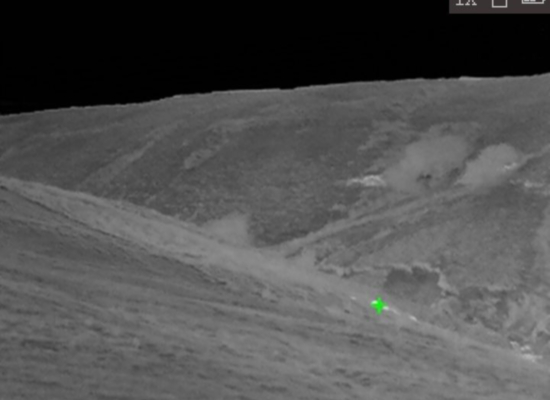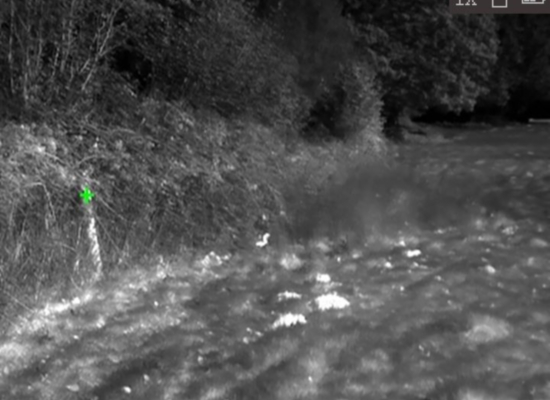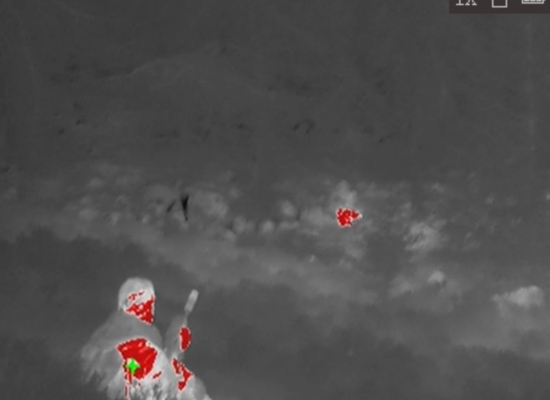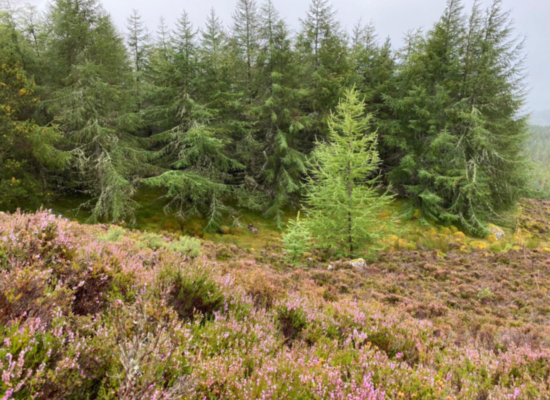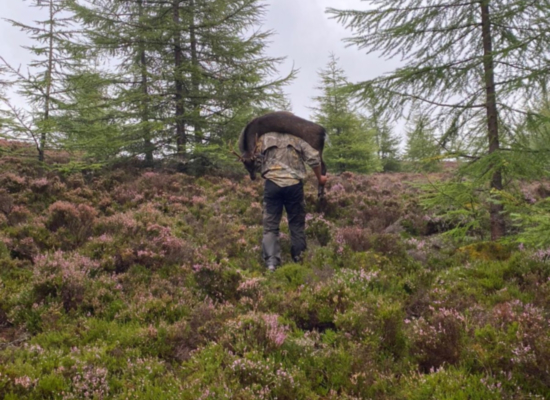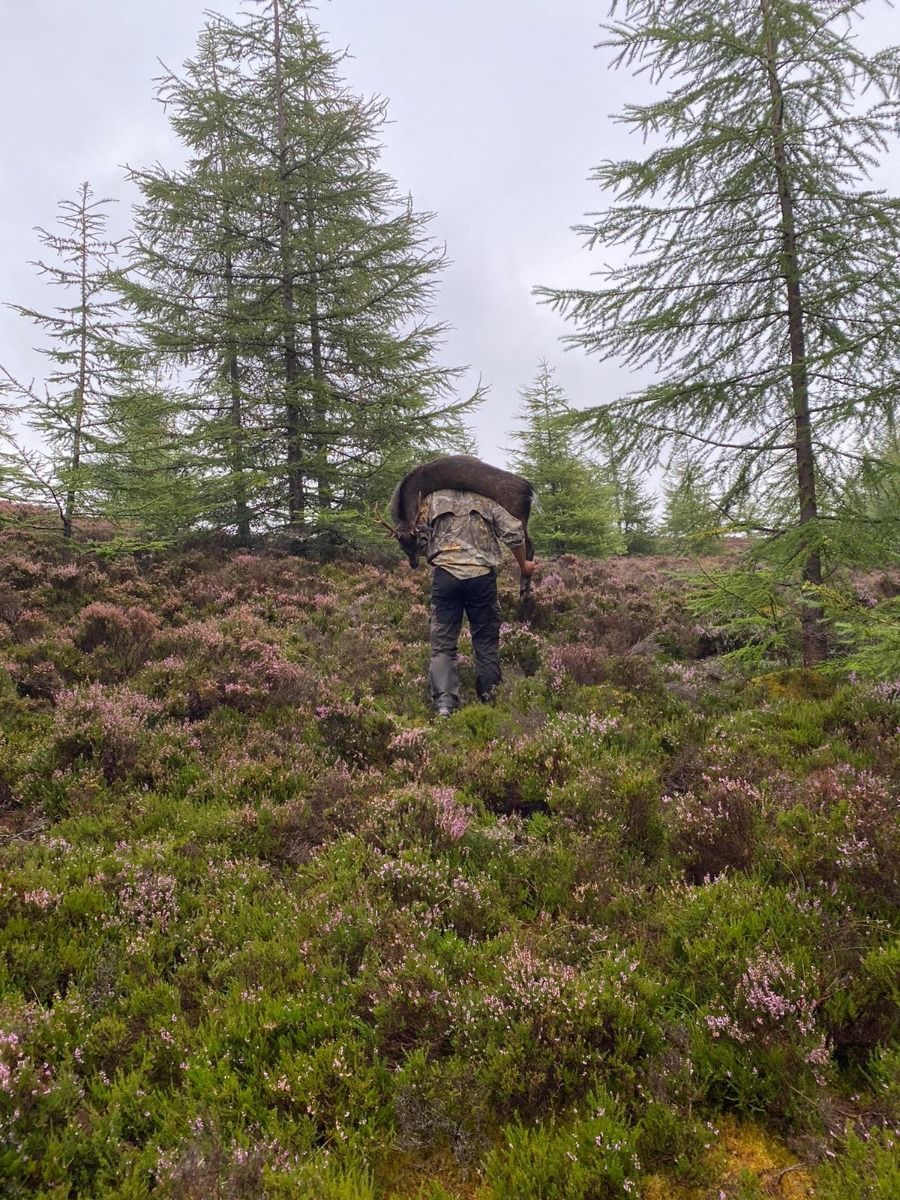An Honest Review: HIK Vision Vulkan 15mm 35mK Smart Thermal Monocular (by Digby Taylor)
[All words and imagery are copyrighted to Digby Taylor of Guns On Pegs: https://shoothub.gunsonpegs.com/]
Being what some might call a traditionalist, and certainly a ‘hobbyist’ when it comes to stalking, the idea of utilising a Thermal Spotter for a weekend’s Stalking in the Highlands had never really crossed my mind. With the usual price of a half-decent bit of kit being north of £1,500, I didn’t have many plans to change that.
With my other hat on however as the Shoot Account Manager at GunsOnPegs - dealing mainly with estate owners and keepers - when offered the opportunity to review the HIK Vision Vulkan 15mm 35mK Smart Thermal Monocular, which retails at a fraction of the cost, I thought it was worth a try.
Having spoken to the team at Elite Optical Distribution (distributor for the HIK Vision Vulkan’s) shortly before a trip to the Highlands for a Sika Stag, I thought it presented the perfect opportunity, not only to trial it from a Stalking perspective, but also to see how the reasonably priced unit could be used by gamekeepers on shoots across the country.
Fieldtesting the HIK Vision Vulkan Thermal Monocular
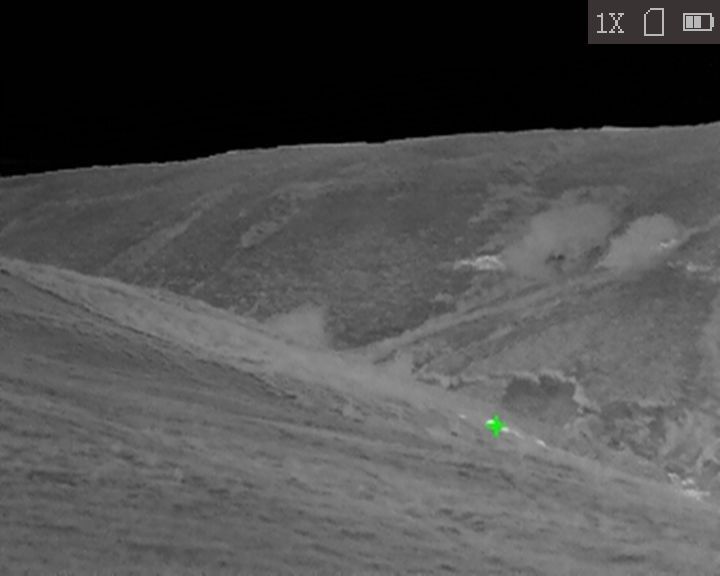
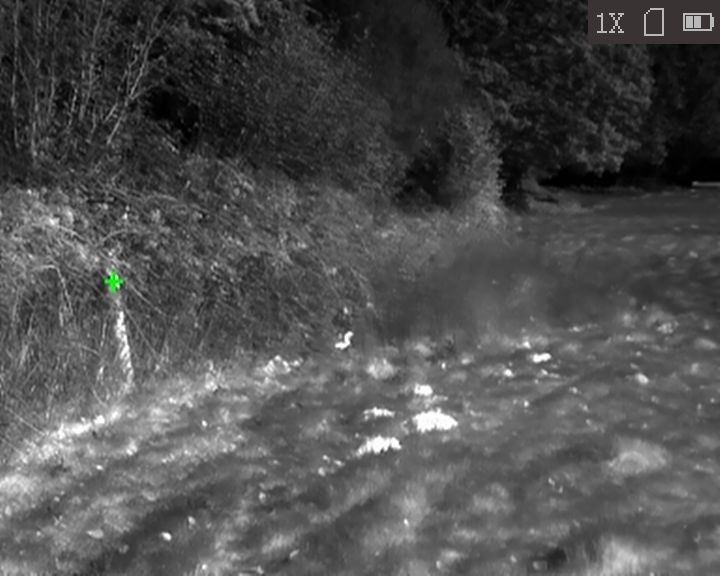
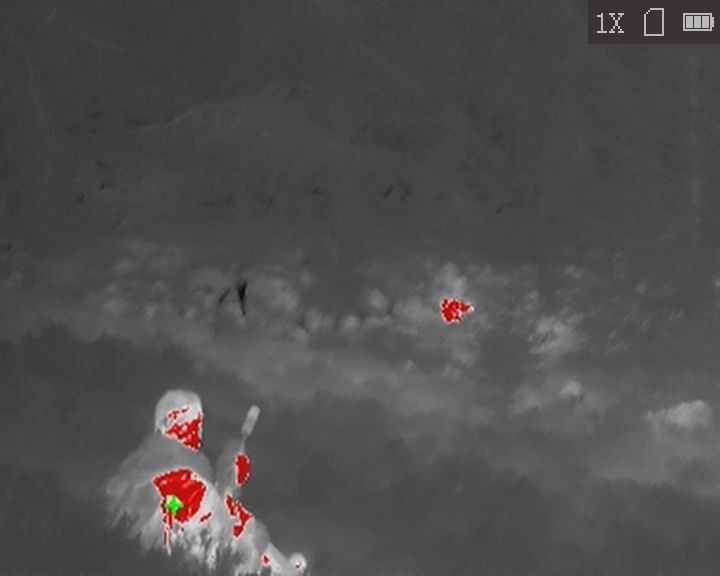
This sort of Woodland edge Stalking is when the Vulkan came into its own; close range - never more than 80m visibility - with relatively thick vegetation.
Having crawled through the low-hanging branches to a viewing point over a sheltered clearing, I could see immediately the heat spot of what could only be a Deer sheltering under a tree in the heather.
